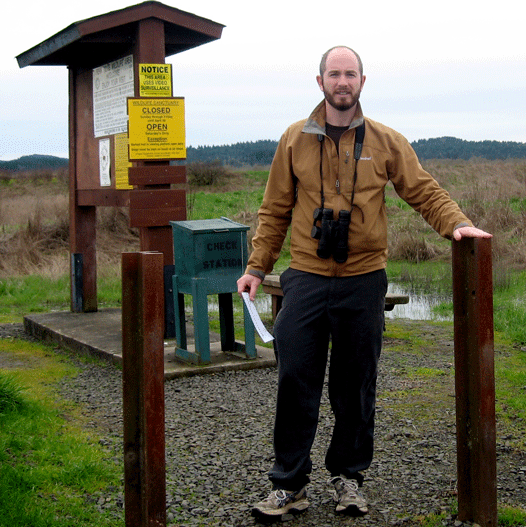 David Fothergill is one of my classmates and a plant expert, especially when it comes to invasive species. He is a Kentucky boy who spent much of his pre-grad school career working to combat invasive species and restore natural landscapes. David had some great insight and tips to share when it comes to deciding on edible plants.
David Fothergill is one of my classmates and a plant expert, especially when it comes to invasive species. He is a Kentucky boy who spent much of his pre-grad school career working to combat invasive species and restore natural landscapes. David had some great insight and tips to share when it comes to deciding on edible plants.
What’s the big fuss about when it comes to planting non-natives? When you introduce a plant to a new, non-native environment, the plant is released from it’s natural “controls” – the things that limit it’s spread. These are things like other native plant competitors, native animals that eat them, etc. Even soil organisms may help manage the plants ability to spread.
Can nurseries sell invasive species? Yes! People want them, especially since they are typically easy to grow, so some nurseries will sell them. Some laws in various states may put plant species on a “do not sell” list, but often there are no repercussions.
How could a plant spread if it is planted in your private, fenced backyard? Plants have various ways of dispersing seeds. Some release them during winds, so the wind carries the seeds. Others produce fruit, berries or seeds that birds eat. The birds fly miles and miles away and the seeds are dropped in the bird guano. Other seeds have a velcro-like shell that gets stuck on dogs or people, then can fall off somewhere else outside your yard.
What is your advice for edible plant enthusiasts? Exhaust the native edible plant first. Look at what the native people used to eat, which gives you a lot of options in the NW: currants, salal, hazelnuts, huckleberries, camas, etc. In Kentucky we have pawpaws, aronia, rubus (genus of blackberries and raspberries), shagbark hickory (same family as walnut), and more. There are lots of native edibles, but often they are relatively unknown.
Next, be ethical about the plants to use by doing your research. Find out if it is problematic in any other places – that can be a sign it may become problematic in your area. And if you do collect a plant, keep a close eye on it to ensure it does start spreading on its own.
Do you have any helpful resources to share when we’re doing our plant research? The USDA Plant Database has a search bar that allows you to enter a botanical plant name and show you where the plant grows (either naturally or because it has “naturalized”) and list whether it has become invasive in areas. Another site is the Global Invasive Species Database. I usually check both to get a full picture of a plant.
——————————————————————————————–
Much thanks to David for lending his time and expertise to share with us! I will be the first to admit I have a hard time sticking to a natives-only palette in our edible landscape. The websites David mentioned have been really helpful for me though as I make a short-list of trees and shrubs to add this winter. Edibles vs. natives can be a hotly debated issue and I would love to hear your comments about it!
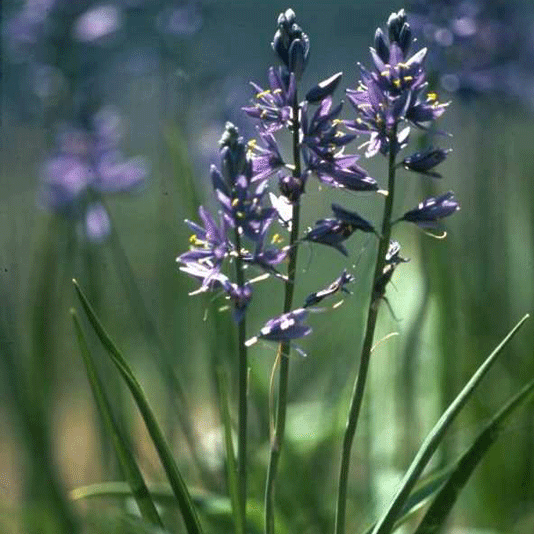
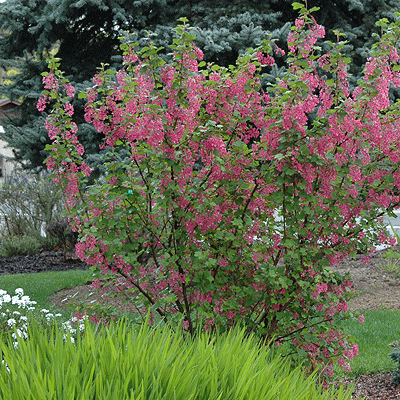
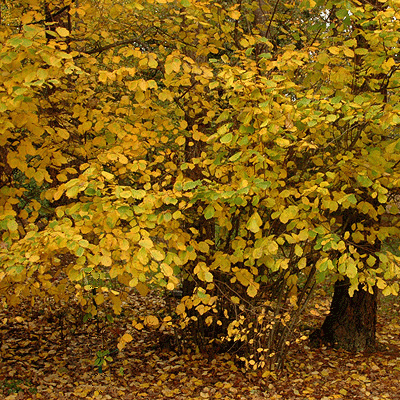
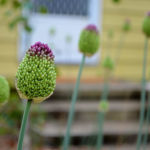
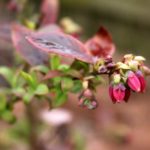

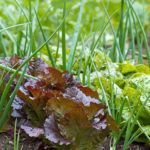

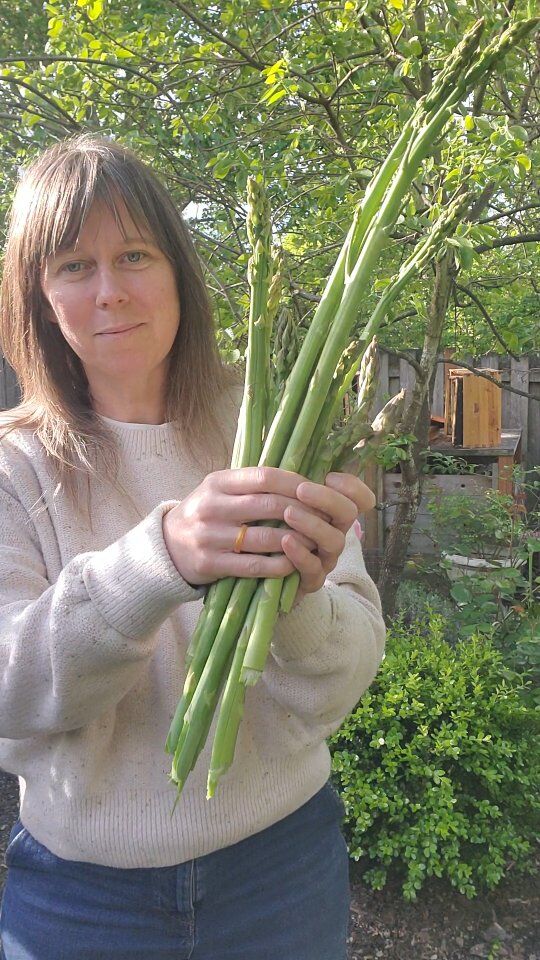
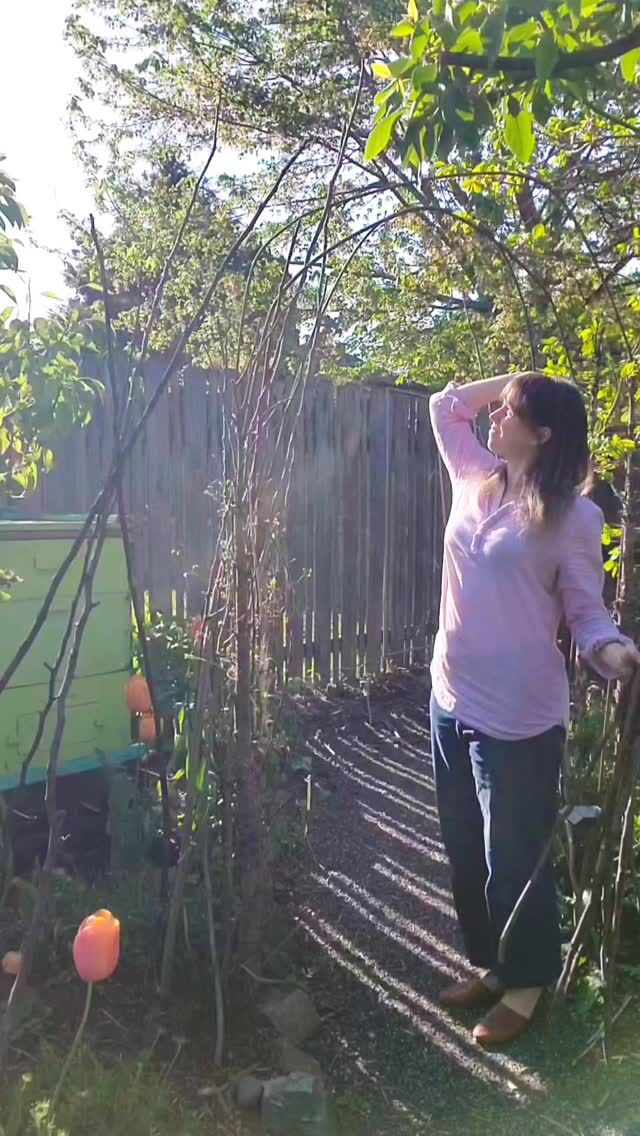
 I start with a
I start with a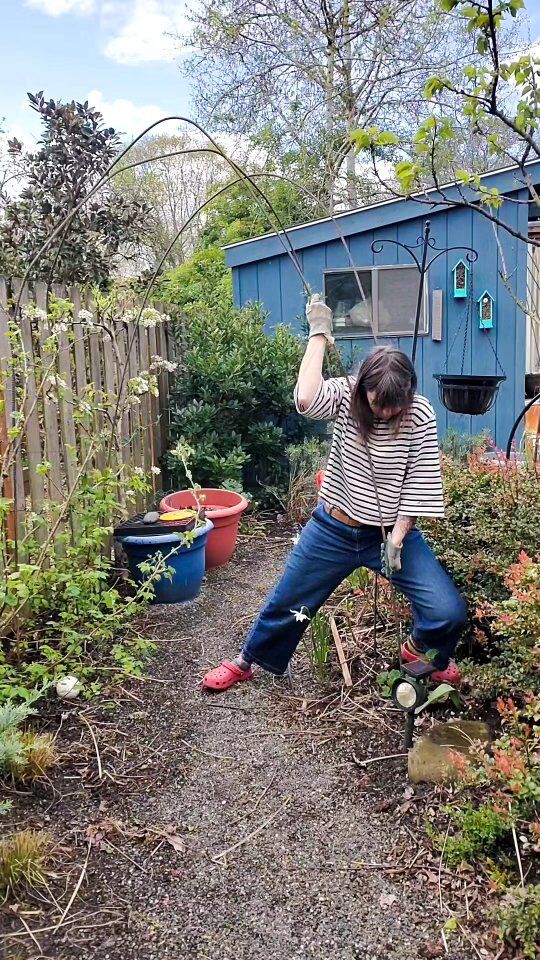
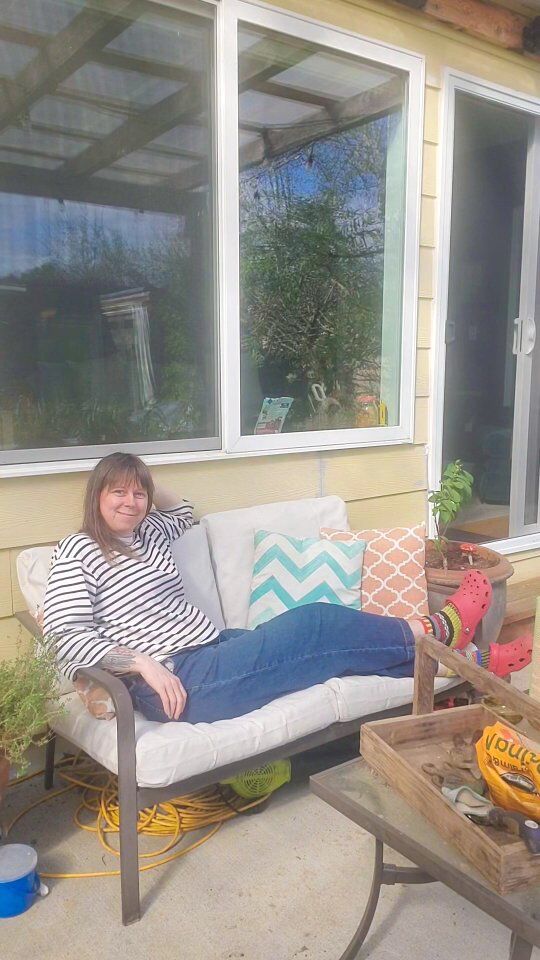
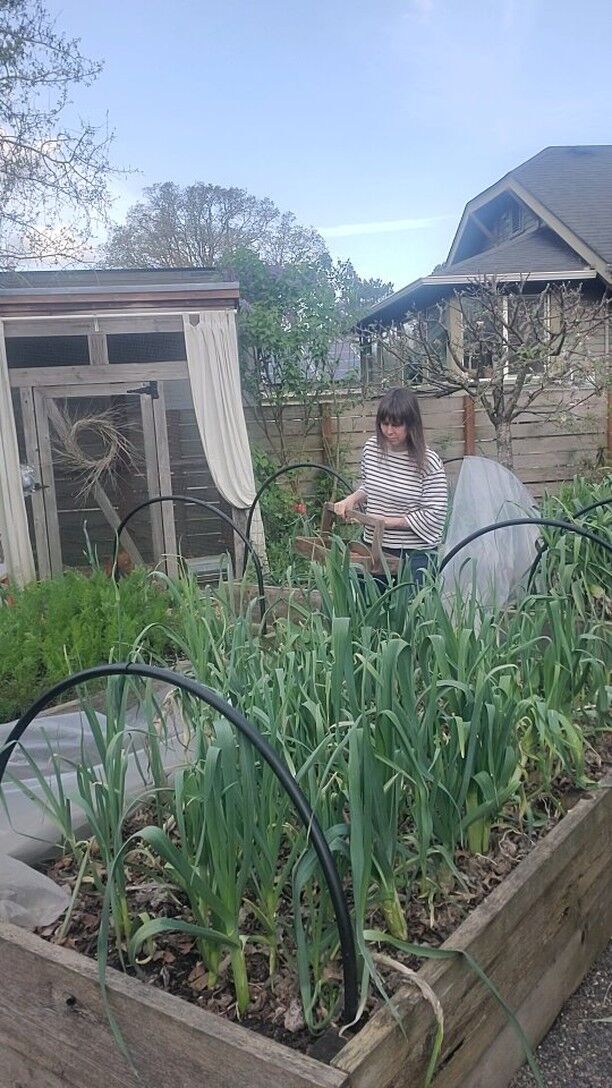
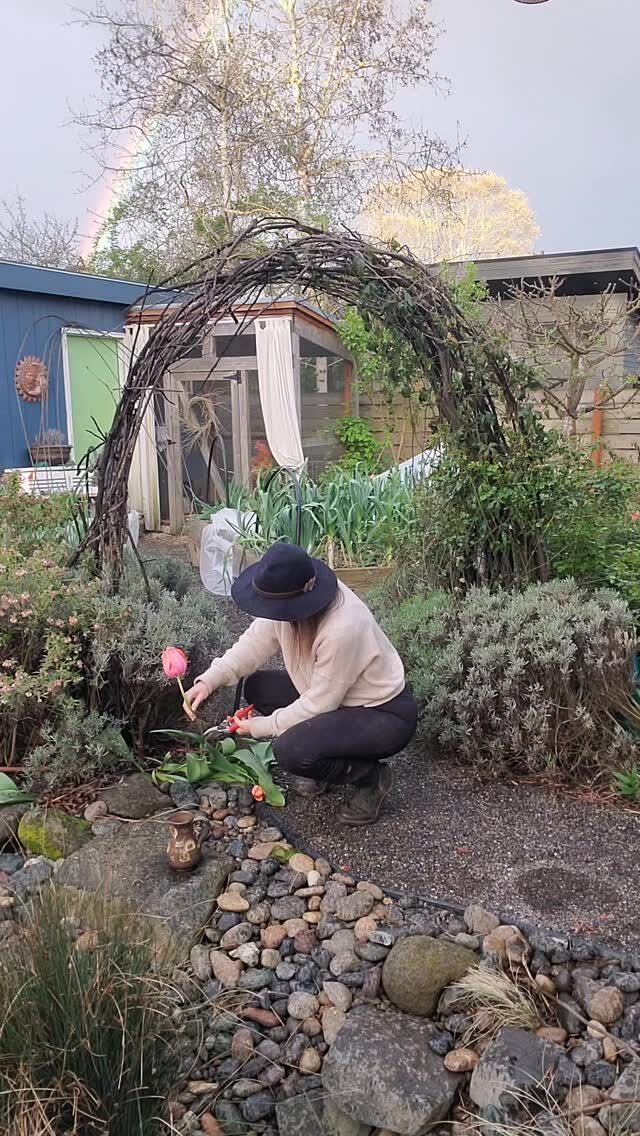
 There's a go
There's a go
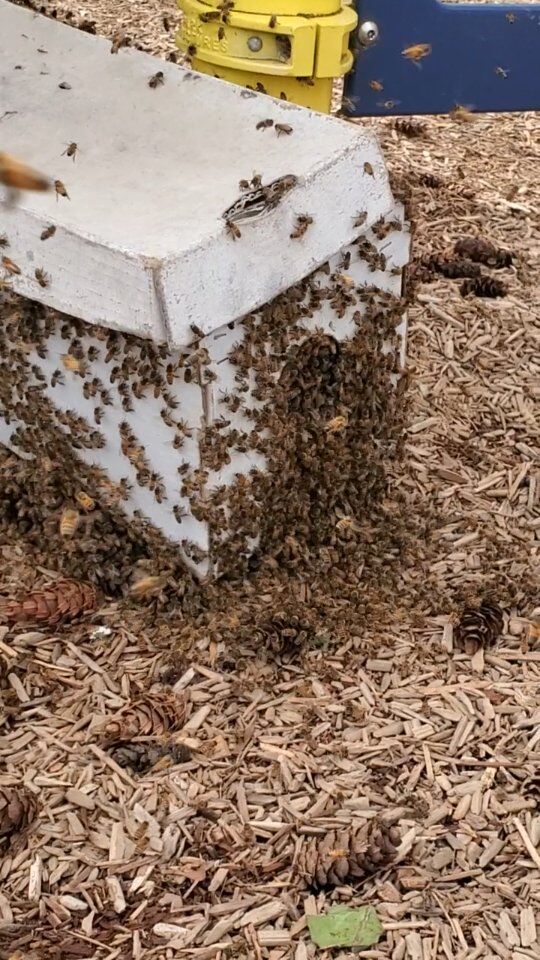
Thanks for sharing this post! I admit I have seen little bits and pieces about invasive species here in New England – some I am not worried about (wild garlic in my back lawn – why not?) but others are surprising and I never would have considered as noxious plants. I will be looking for more natives as my garden grows.
I haven’t checked in for awhile–mazel tov on the baby to be!!